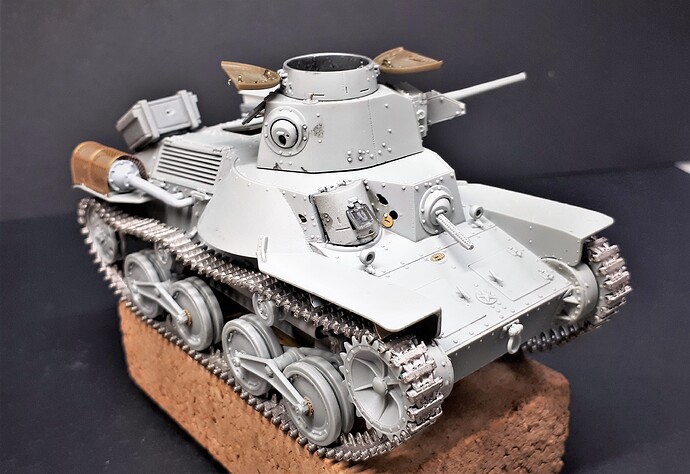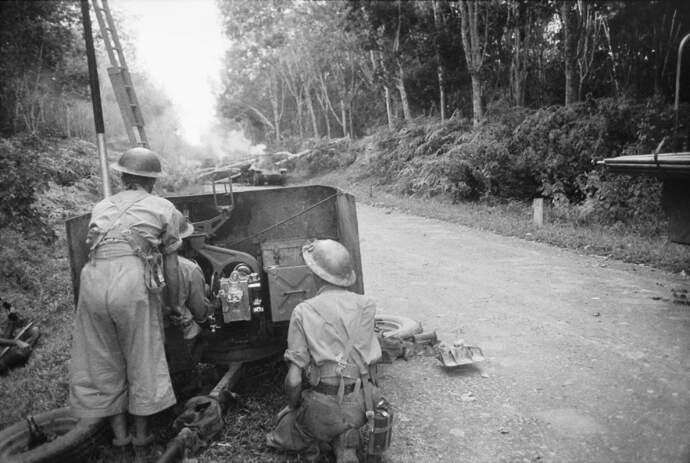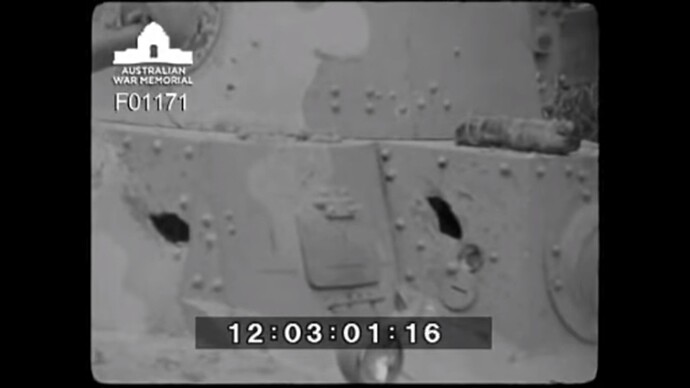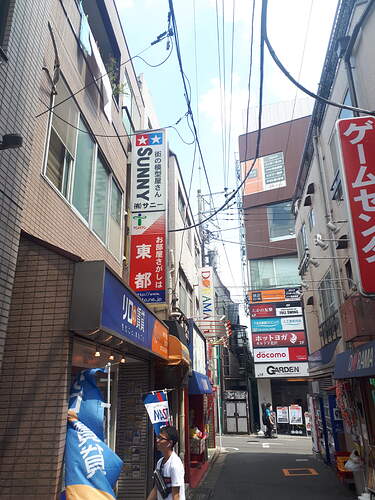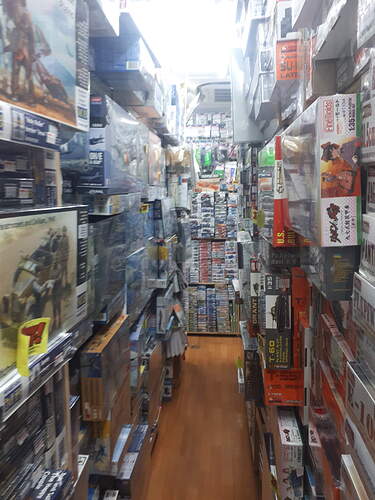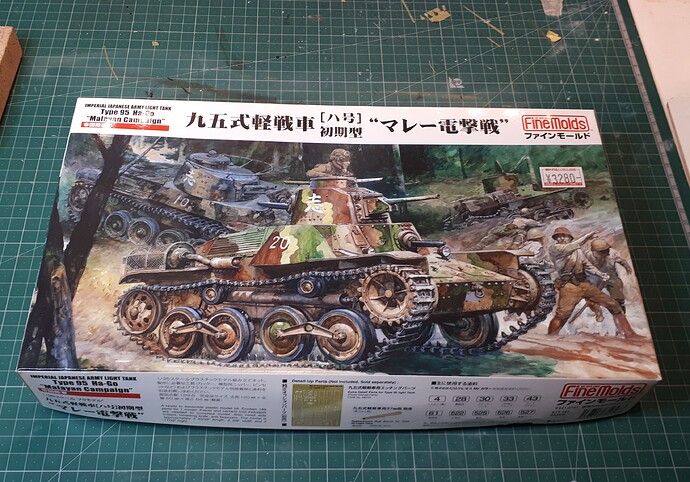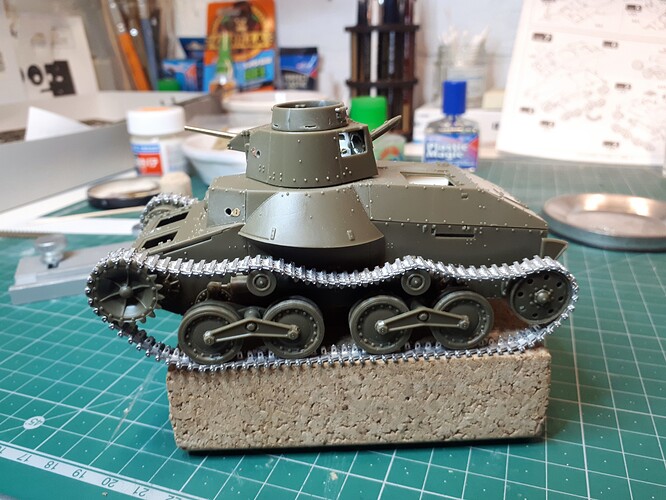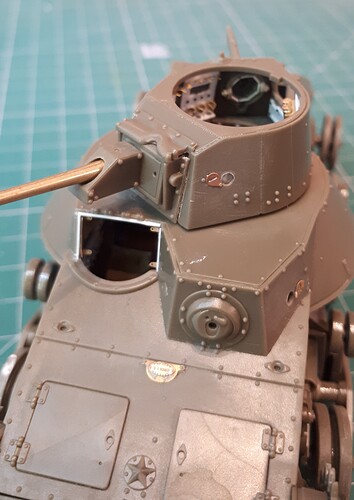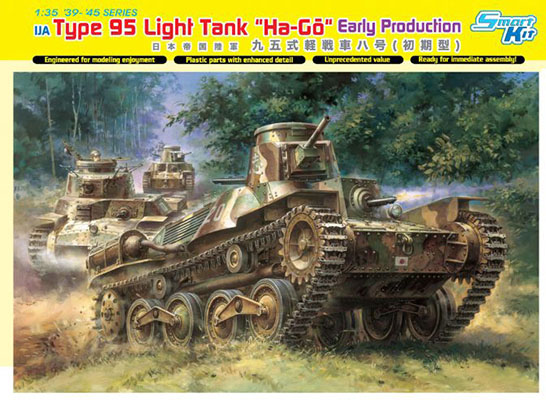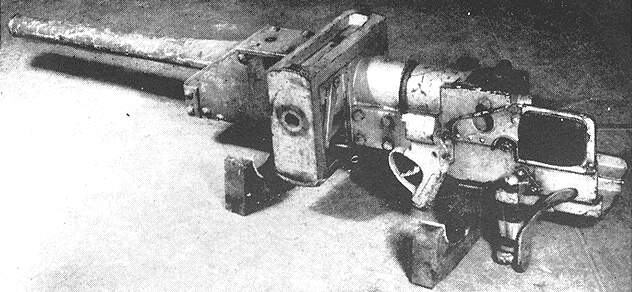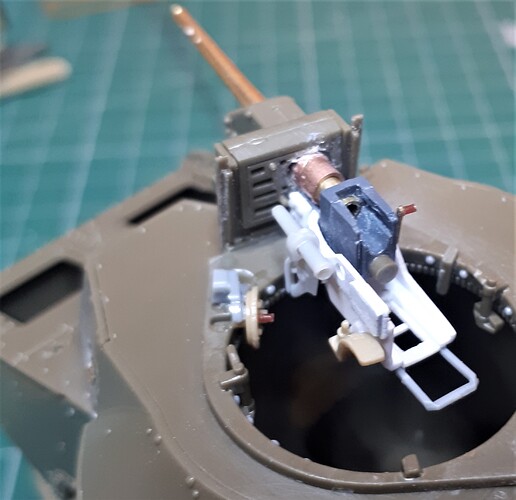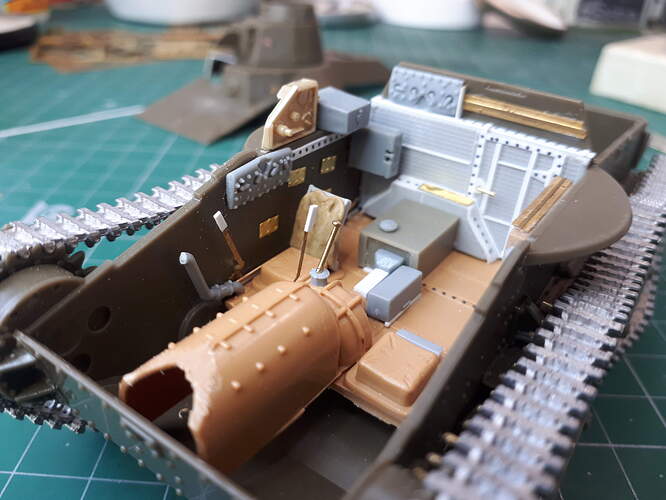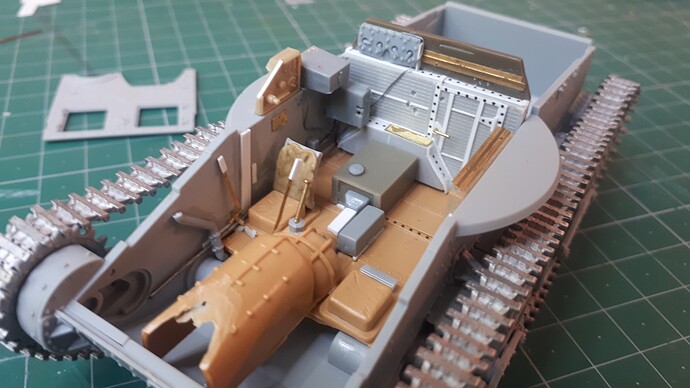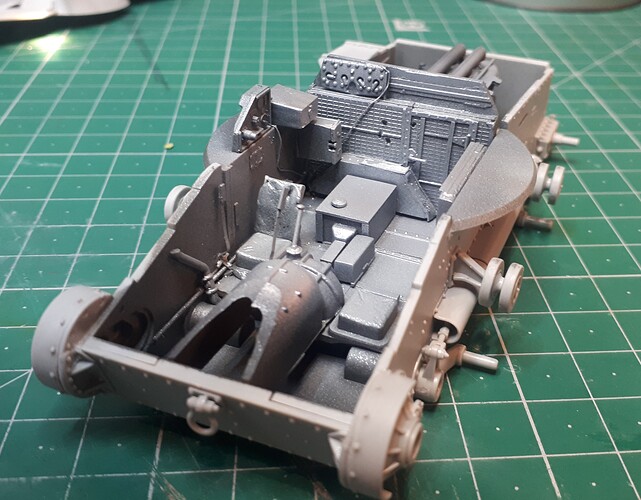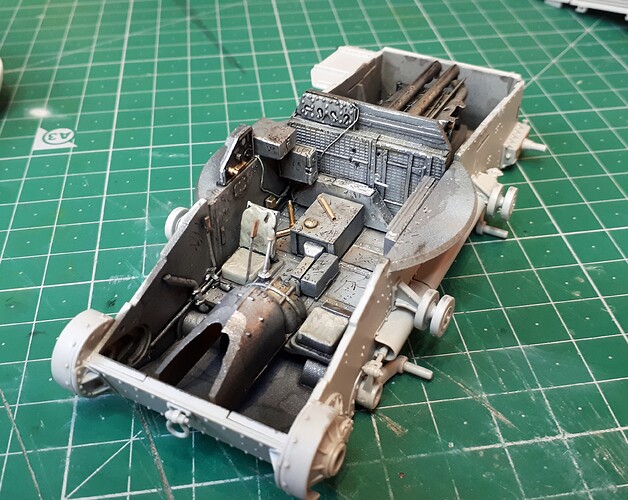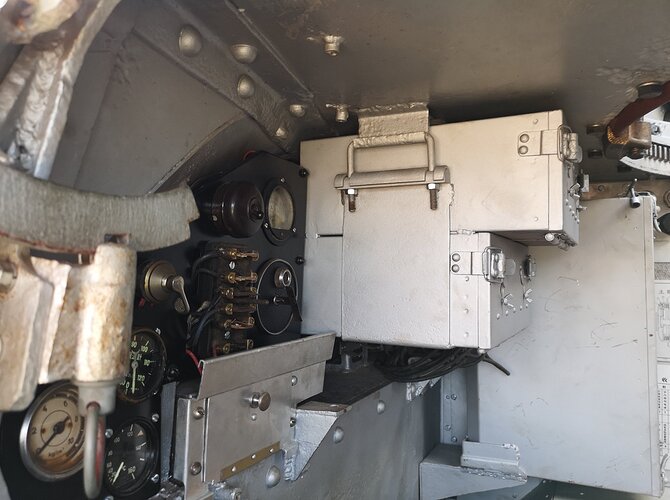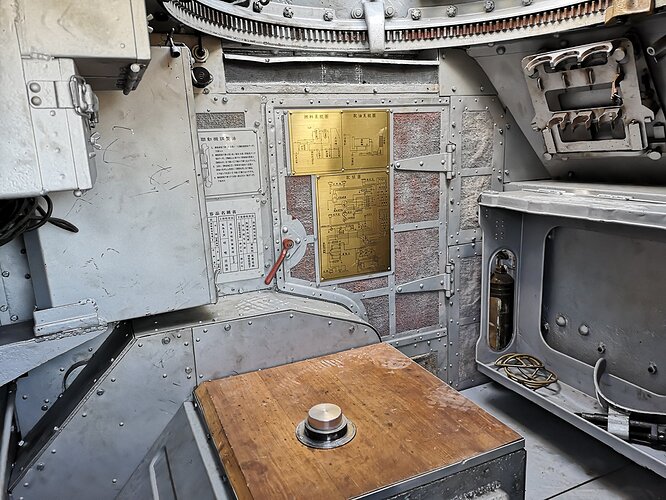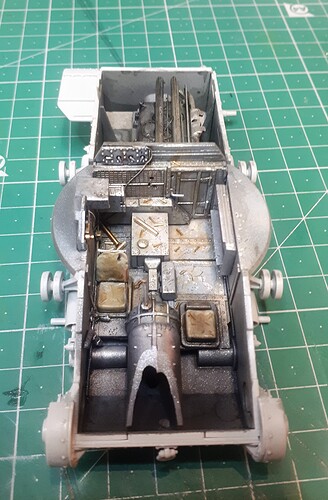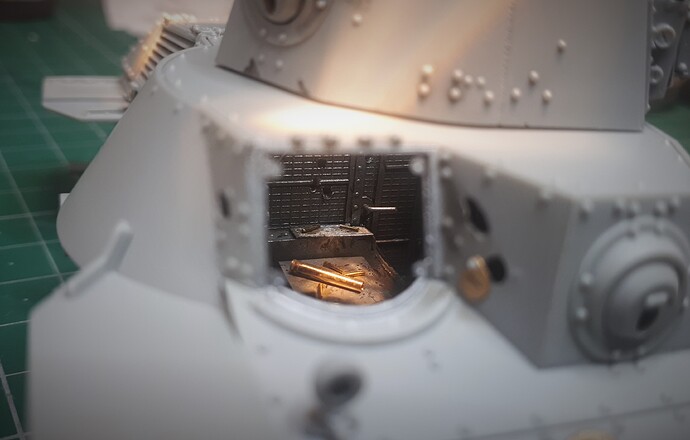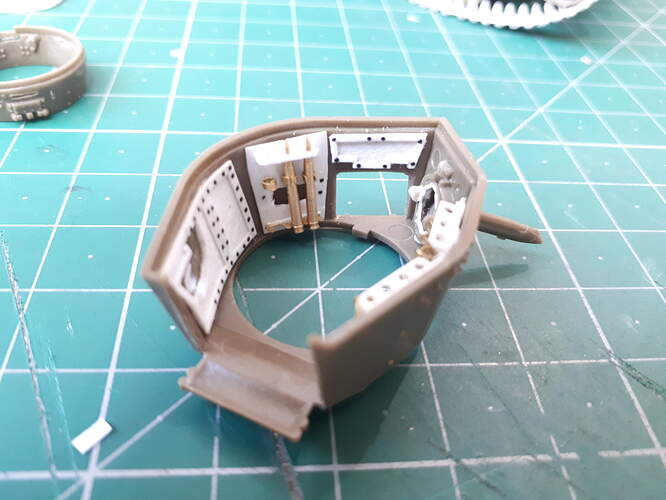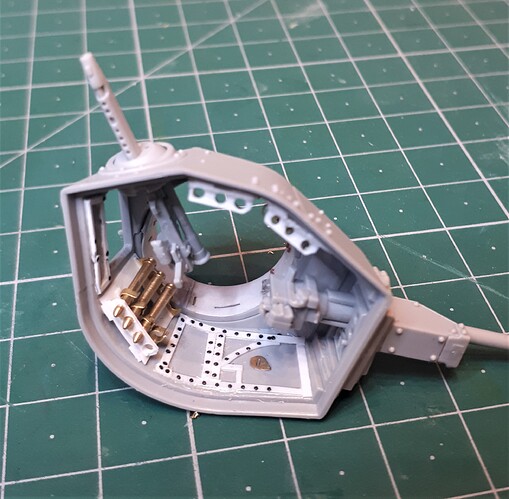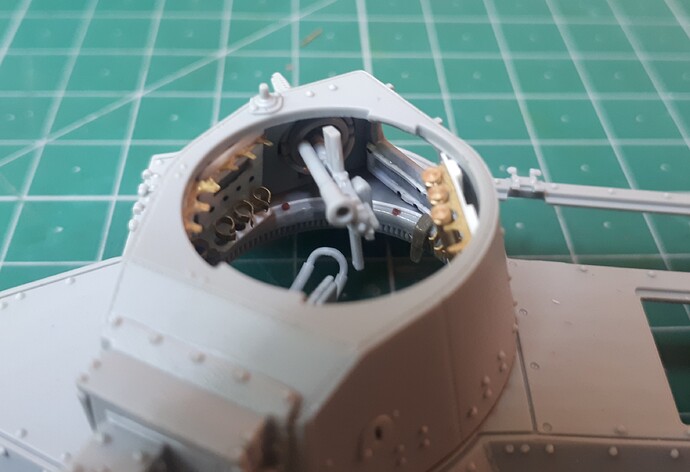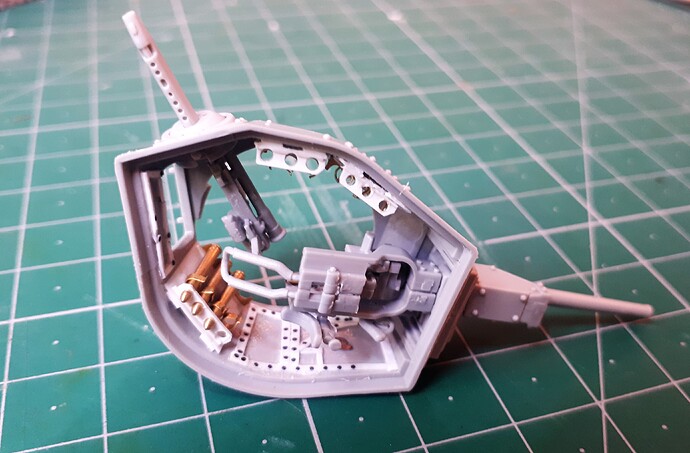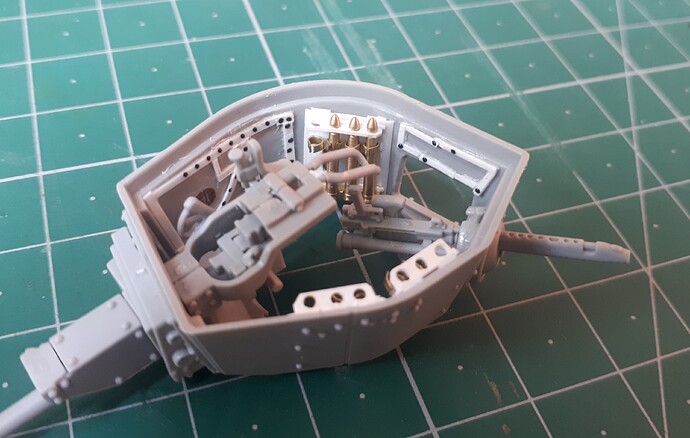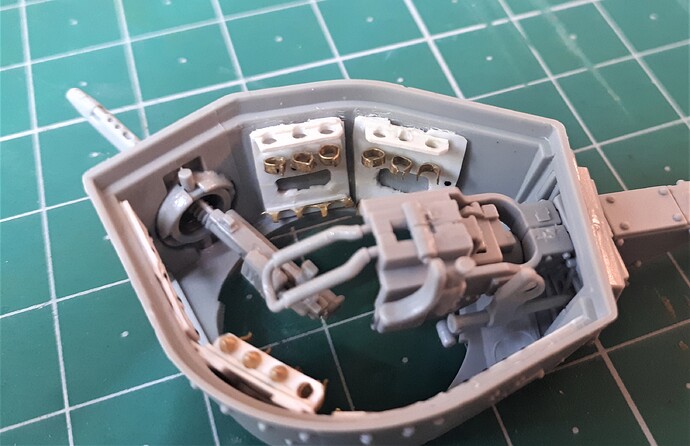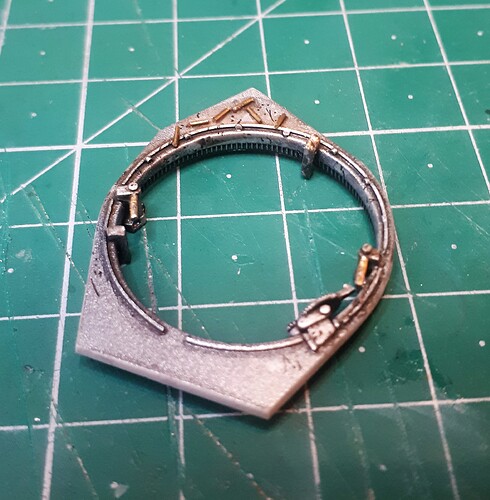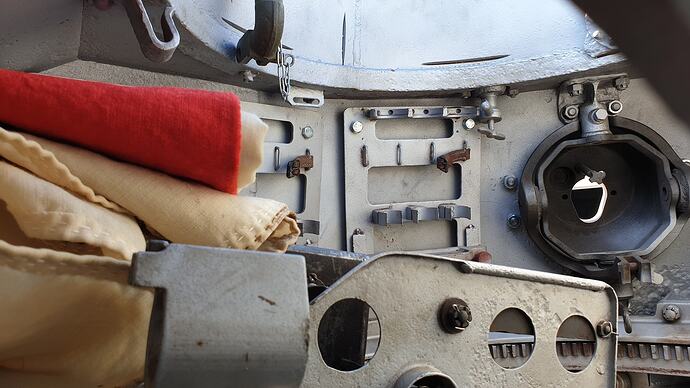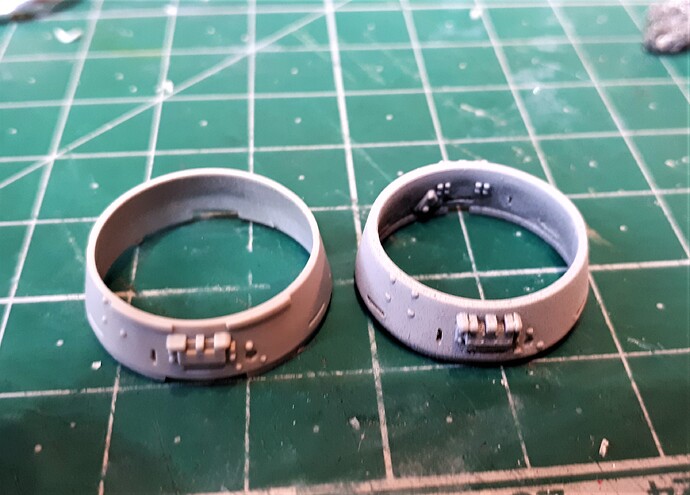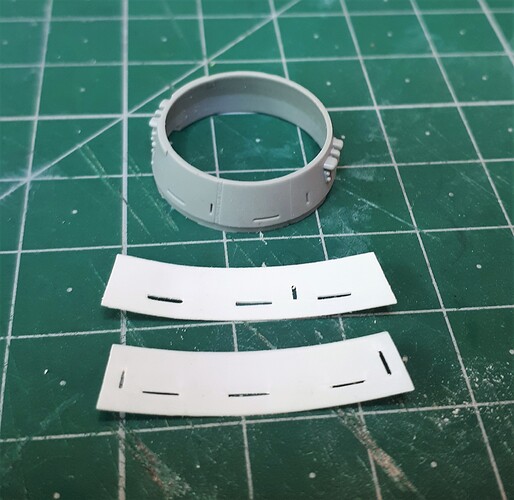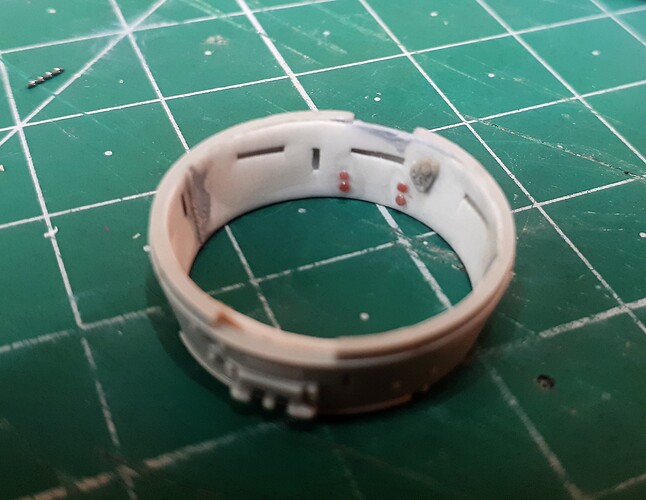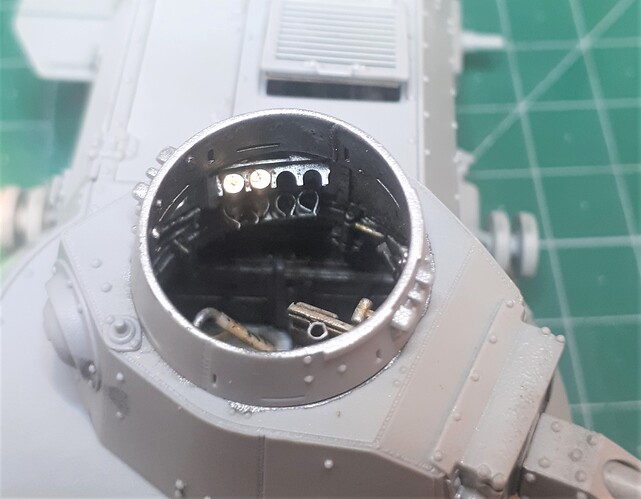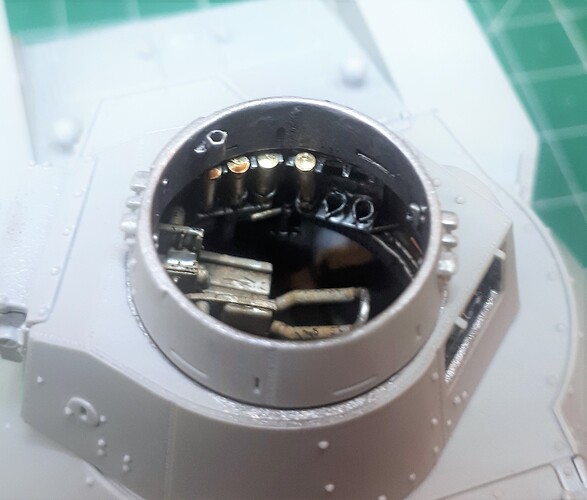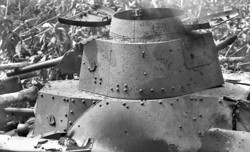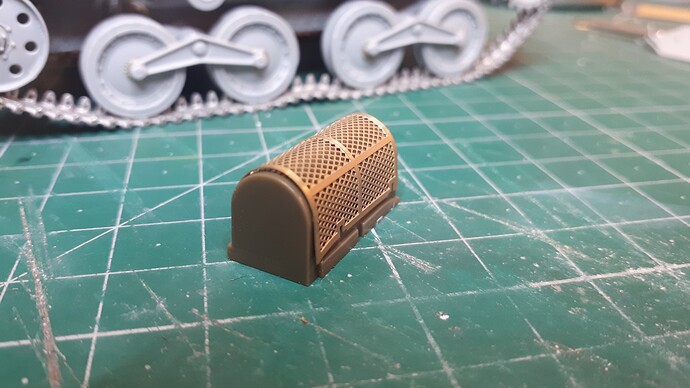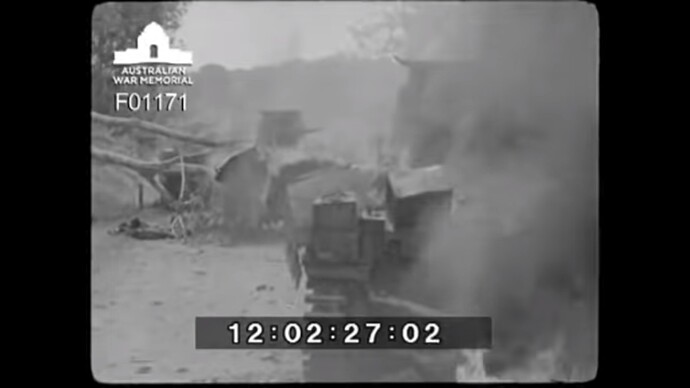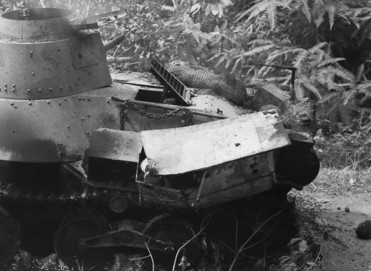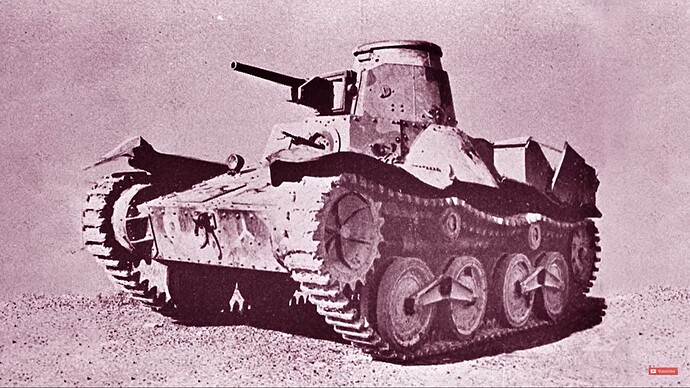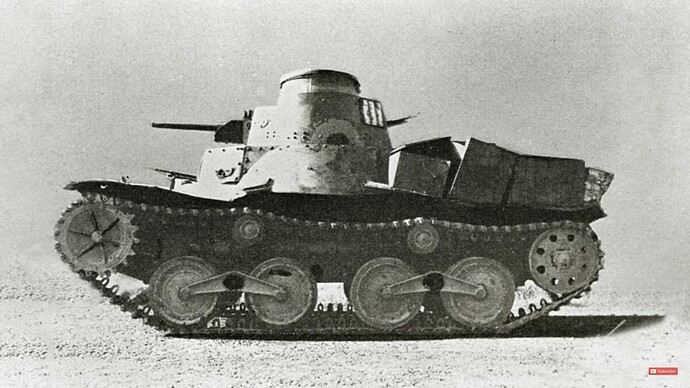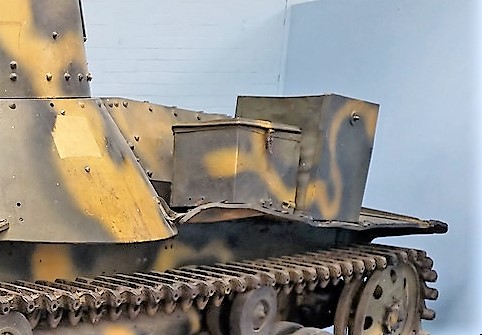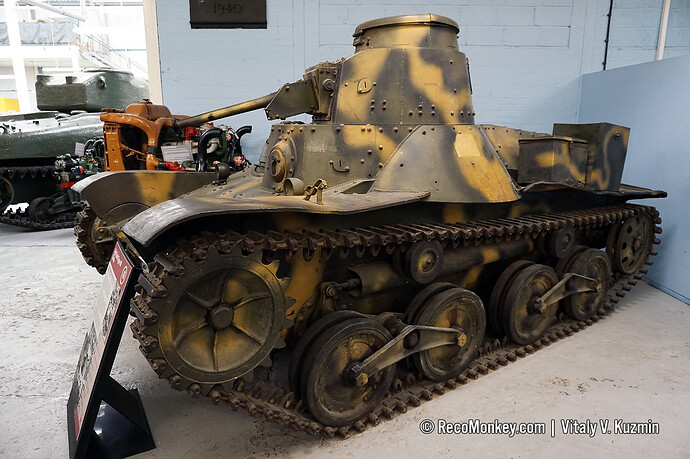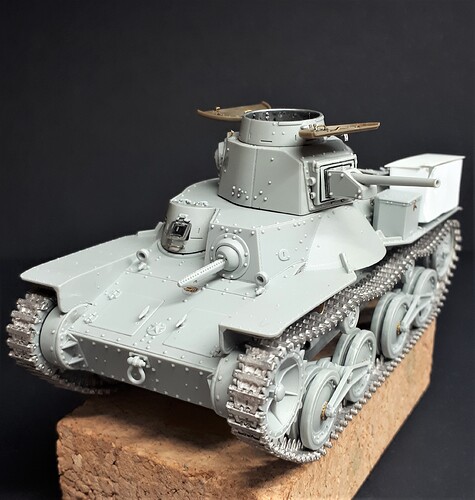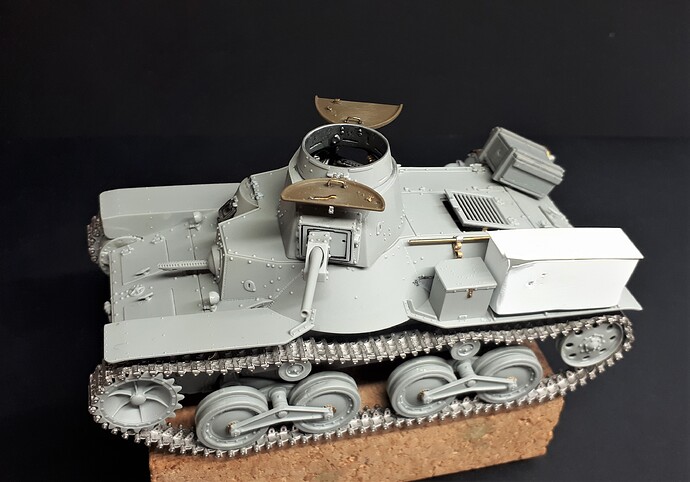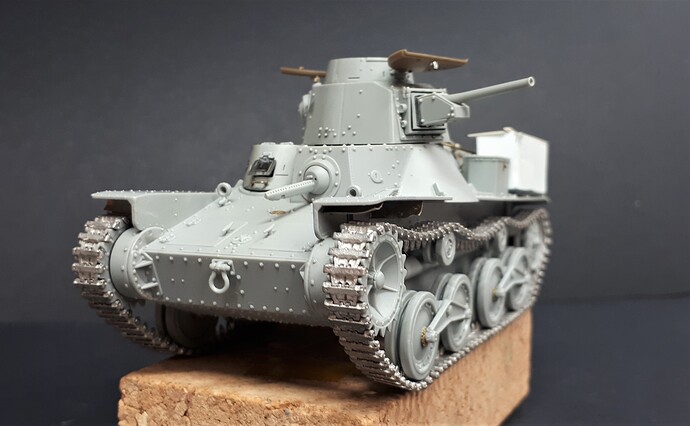Some of you may already have spotted this build as part of my Diorama project:
The Road to Singapore: Australian gunners defeat tanks of the Japanese Imperial Guards near Bakri 18th January 1942
However, because I suspect that some AFV modellers don’t necessarily stray into the Diorama section of this site - and also because Japanese subjects don’t seem to be as popular as other Axis armour - I thought it would be worth posting this build here as well. So apologies for those who have seen it twice…
I deal with the fascinating history behind this particular Ha-Go in some detail on my diorama blog, so I won’t repeat that all here. But although this may not be saying much when you compare it to the much better known images of armour from the European theatre, I don’t believe I am wrong when I say that this is probably the most photographed Type 95 tank from WW2.
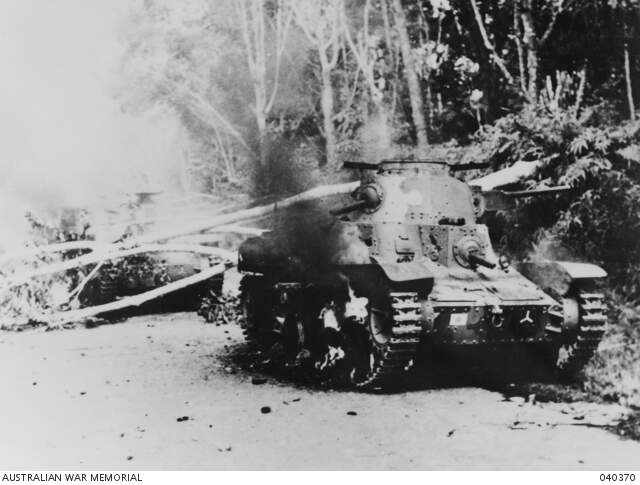
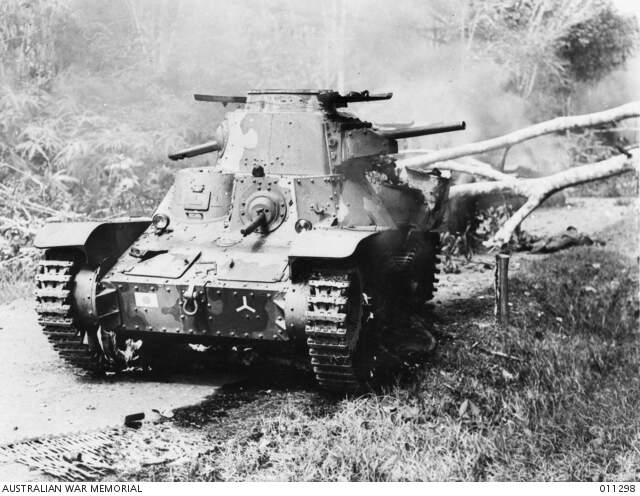
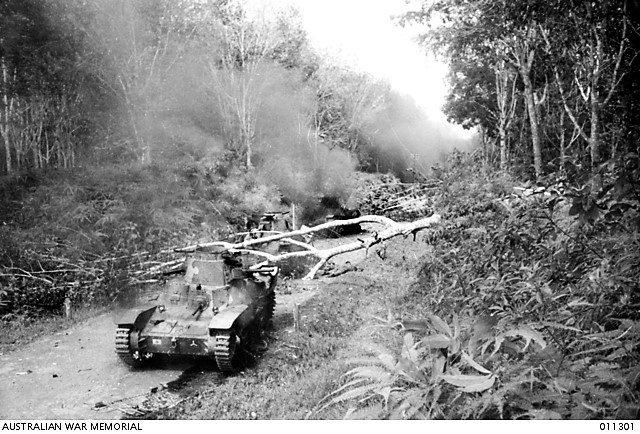
I start with much thanks to the Australian War Memorial for their on-line archive from which most of my contemporary images are drawn. These pictures (including some cine film) were taken by Australian War Correspondents during the Battle of Muar, one of the decisive engagements in the short, sharp Malayan Campaign. This had been launched by the Japanese on the 8th December 1941, only a day after the attacks on Pearl Harbour, and it ended on the 15th February 1942 with the surrender of the Singapore garrison.
This rapid conquest of one of the ‘jewels’ of the old British Empire was a shocking defeat for the defending Commonwealth forces, who were comprised of British, Australian and Indian troops. On the other hand, it was a brilliant success for the Imperial Japanese forces and has understandably been likened to the German blitzkrieg in Western Europe. However, the fight did not always go in the favour of the victors.
At 06.45 hrs on the 18th January 1942 the Imperial Guards Division, under the command of General Nishimura, launched a dawn attack on the town of Bakri. It was spearheaded by Type 95 Ha-Go light tanks of the 3rd company of 14th Tank Regiment under the command of Captain Shigeo Gotanda. Their advance took them down the road leading from Muar to Parit Sulong, via Bakri (hence it is often referred to as the ‘Muar-Parit Sulong Road’).
Perhaps inspired by the successful night attack by tanks at Slim River earlier in the campaign (where the Japanese armour had used surprise to penetrate into the enemy positions over a distance of several miles) the advance against the Australian 2/29th Battalion was made with little or no infantry support. However, unknown to Captain Gotanda his tank company were driving into the path of two well-sited 2-pounder anti-tank guns from the 2/4th Australian Anti-Tank Regiment under the command of Lieutenant Russell (Bill) McCure.
In a rapid dawn engagement at close range the gunners succeeded in annihilating the attacking force, knocking out at least 8 Japanese Type 95s in the process and killing the tank crewmen who put up a desperate fight. Left burning in the road surrounded by felled trees, the knocked-out tanks gave the defending forces a brief taste of victory and formed the backdrop to what is perhaps the best known image of the conflict… although, as you will see from the research in my diorama blog, this photograph may not be entirely what it seems.
However, this post will concentrate on the Ha-Go itself and the build which involves two 1/35 kits - one from Fine Molds, the other from Dragon - together with a partially scratch-built interior, Friul tracks and some additional modifications to try and faithfully reproduce the version of the Type 95 that was involved in this fascinating moment in a conflict from the Second World War that is too often overlooked.
